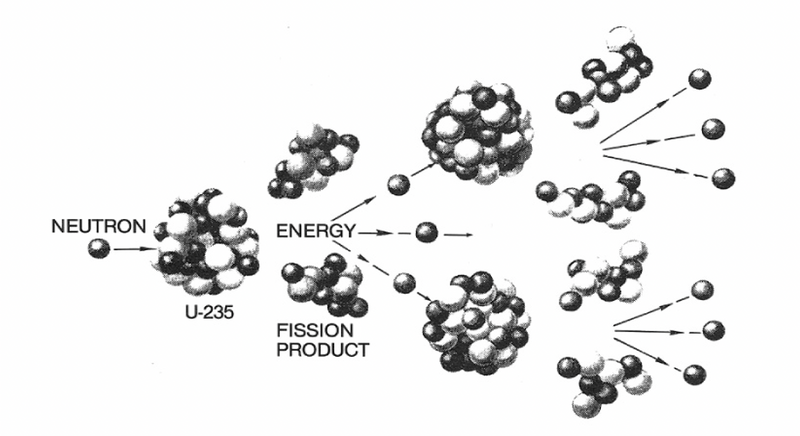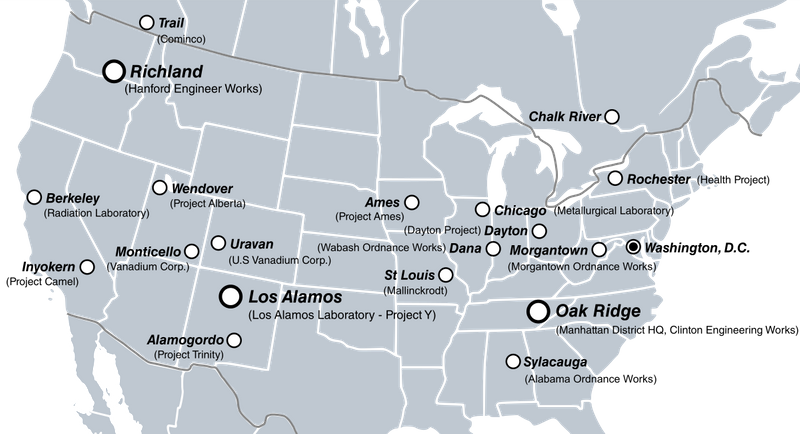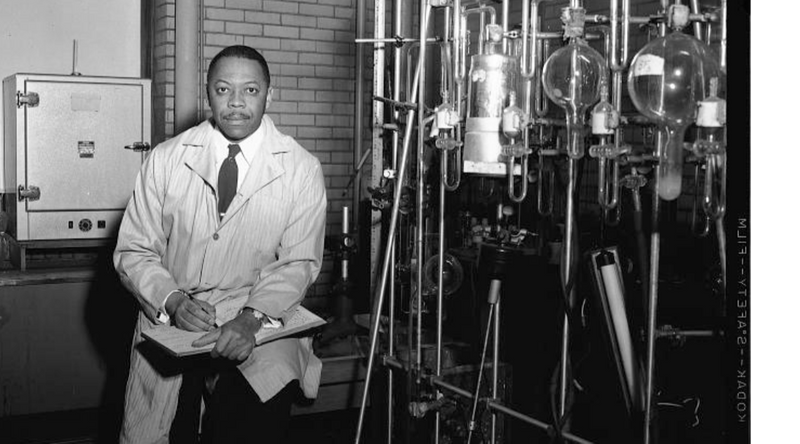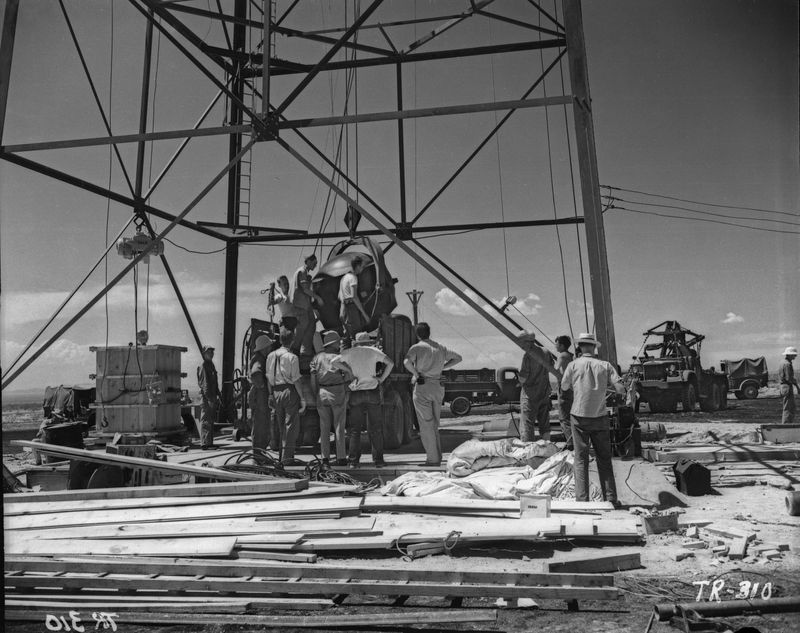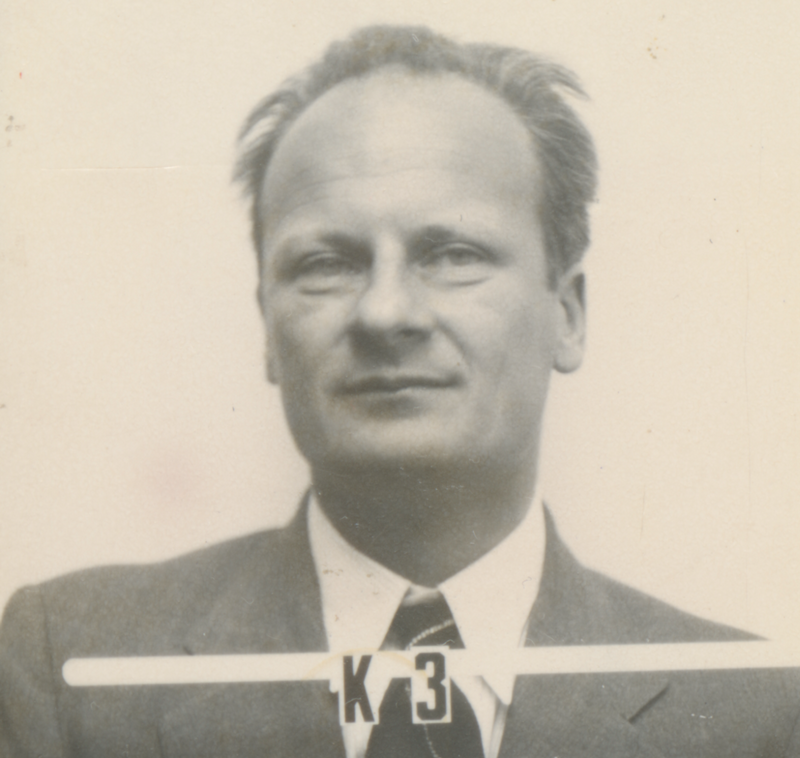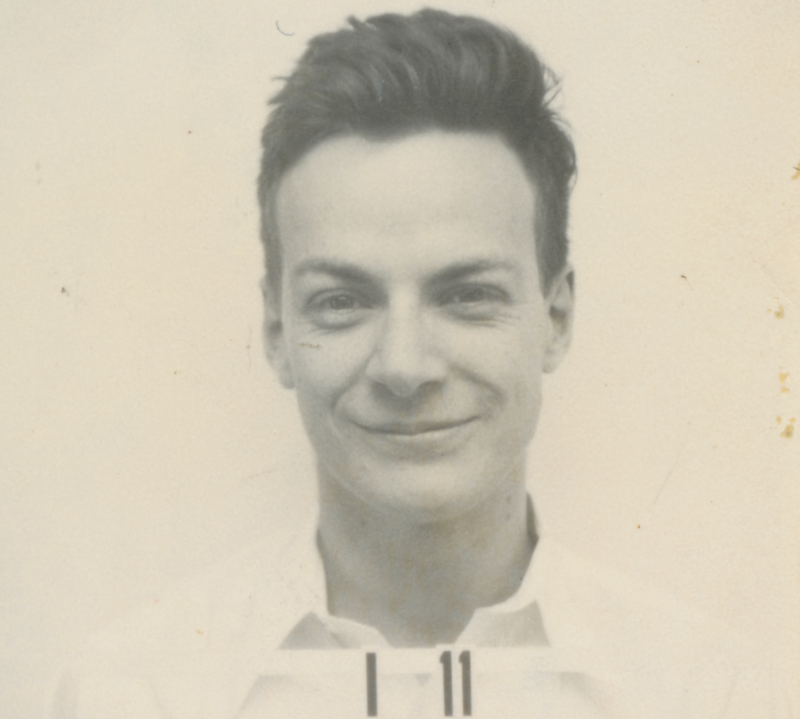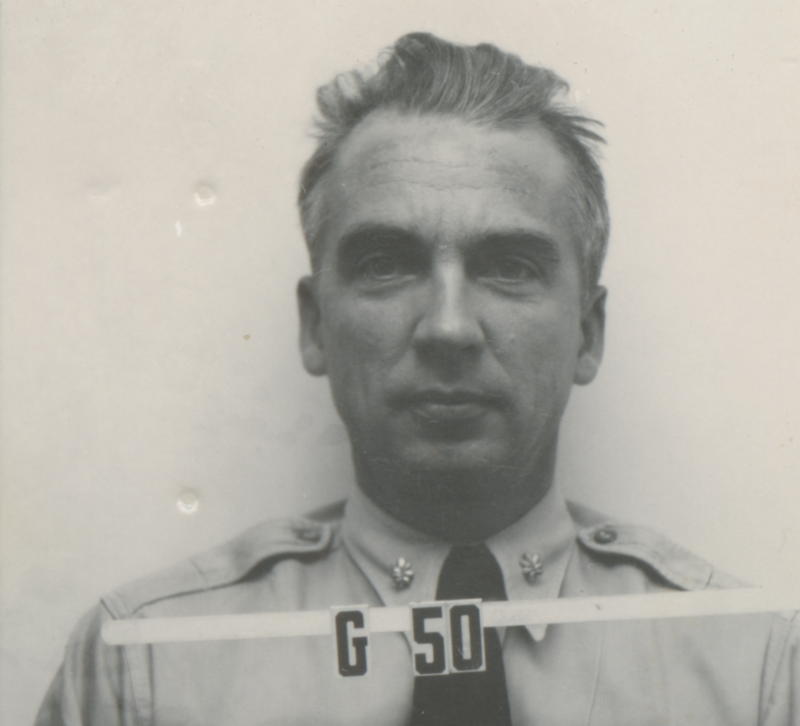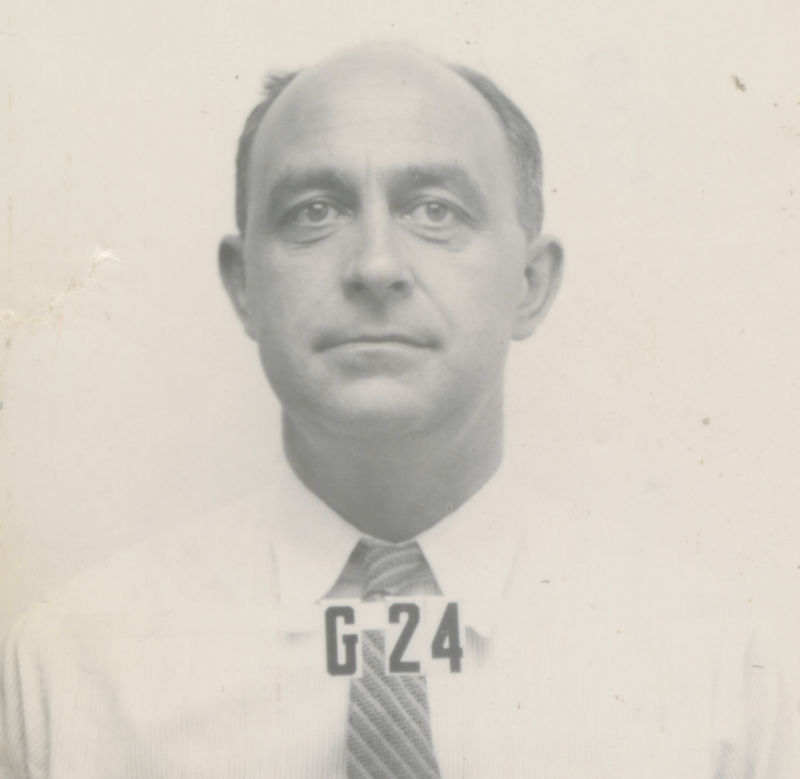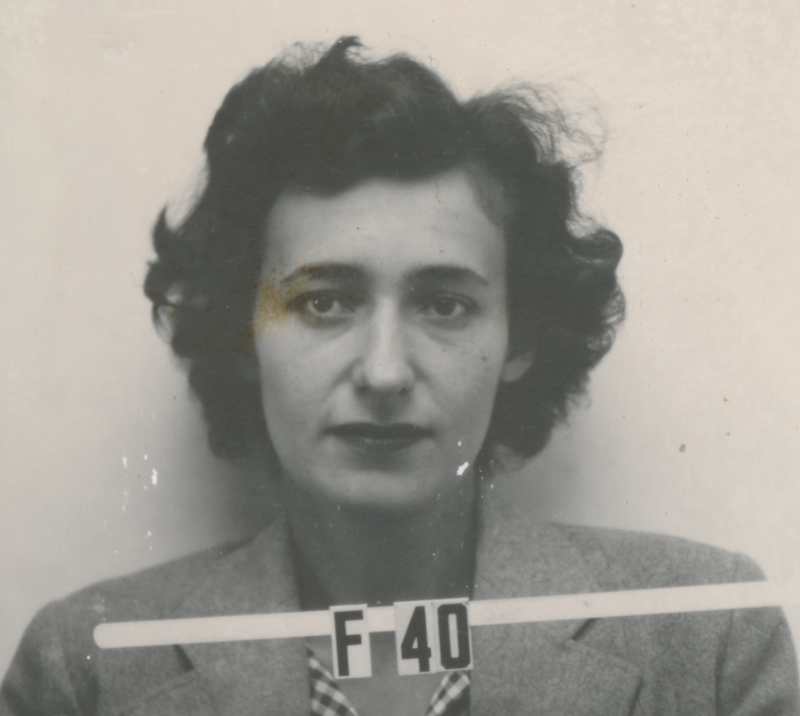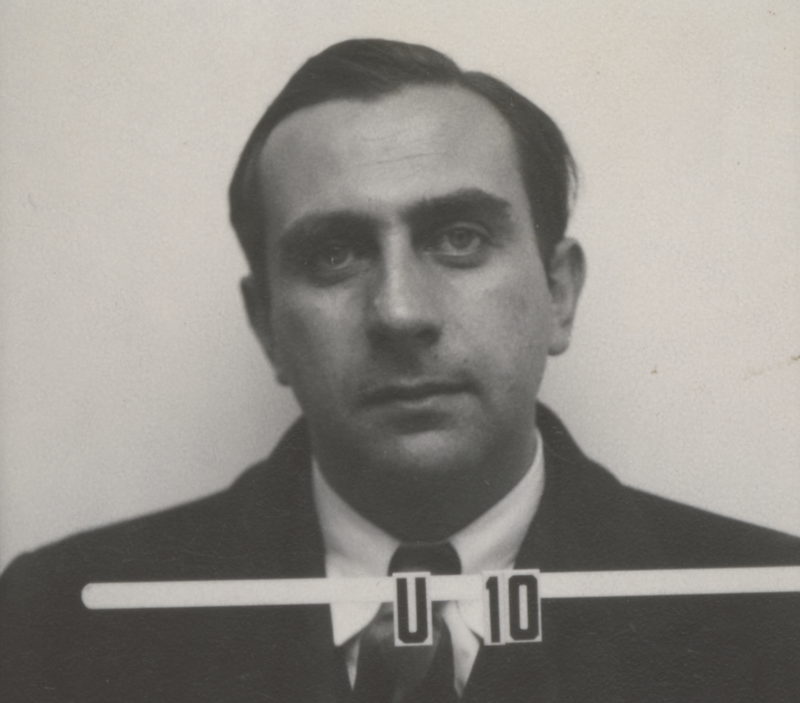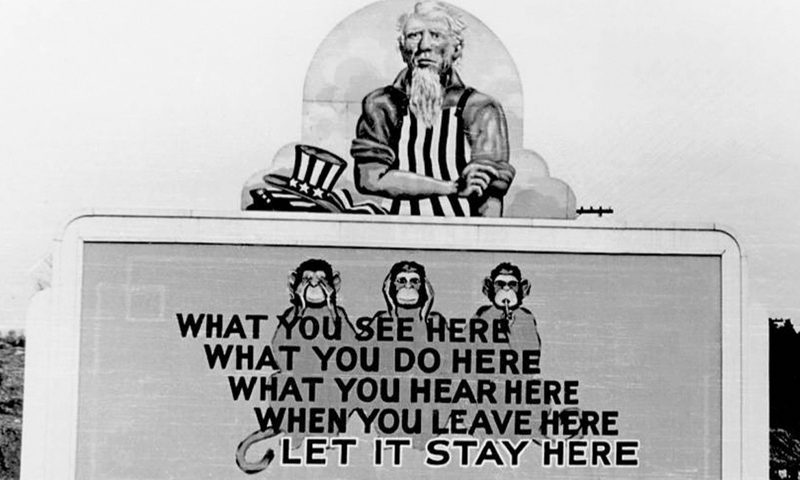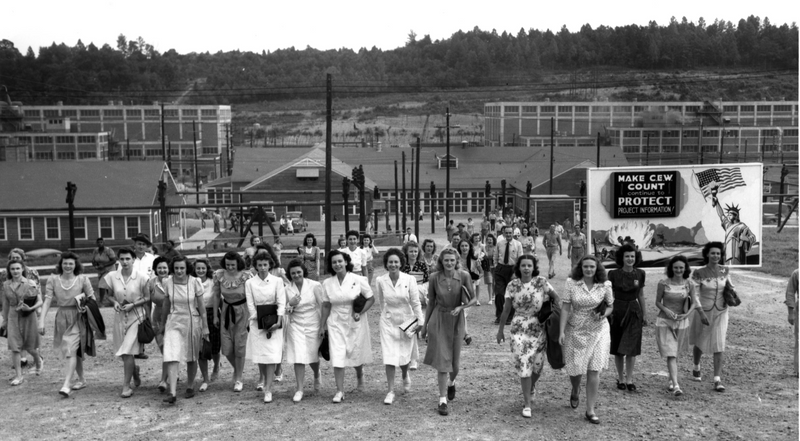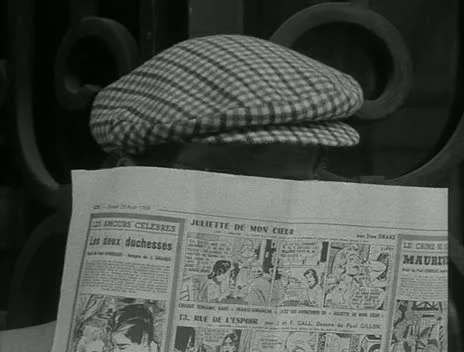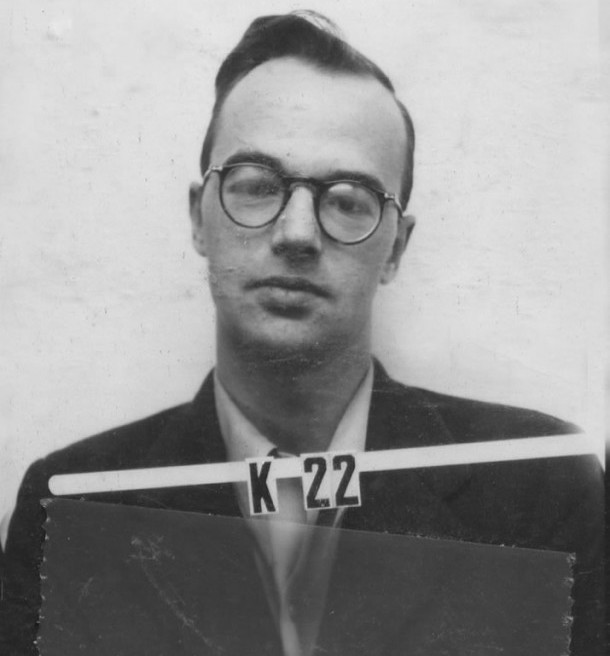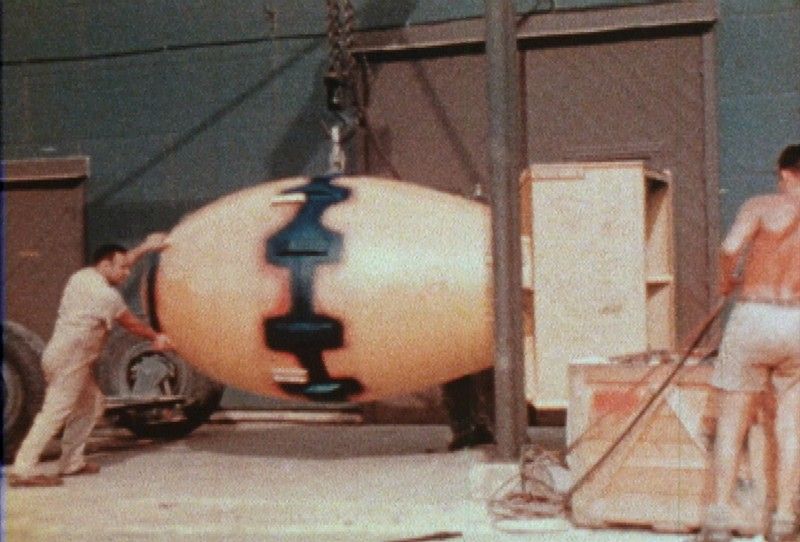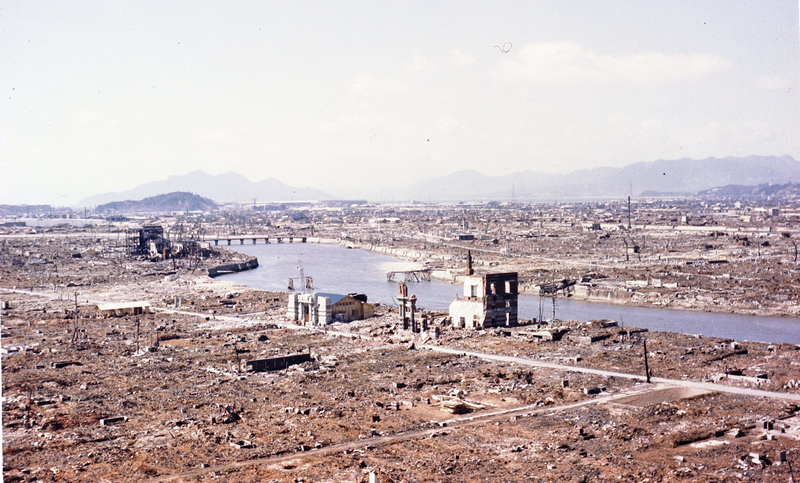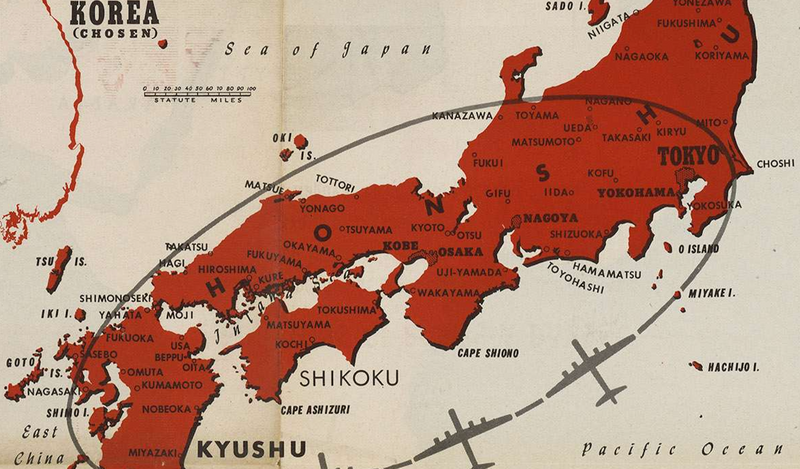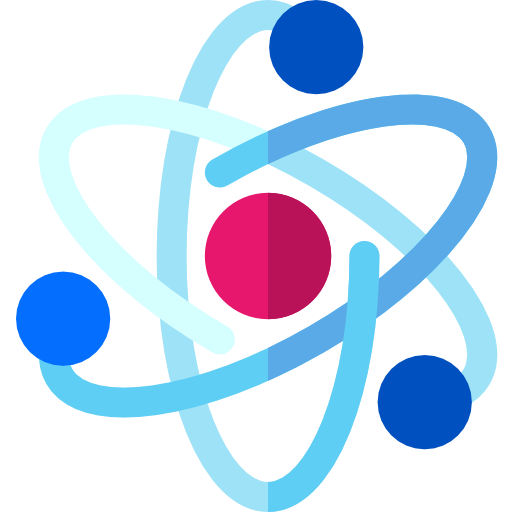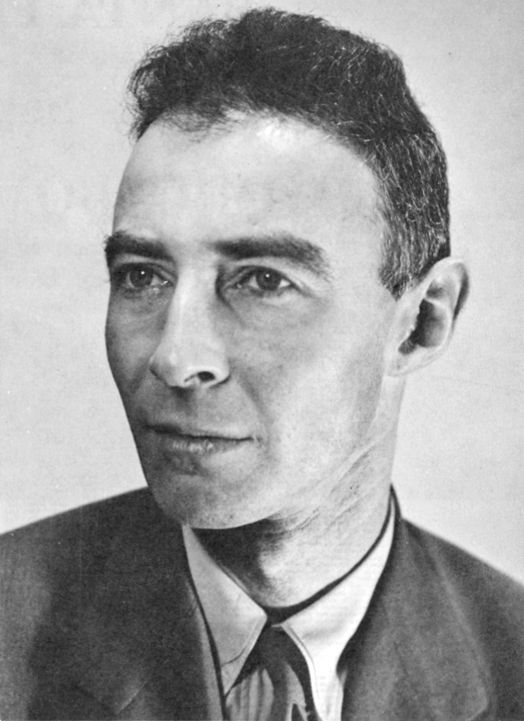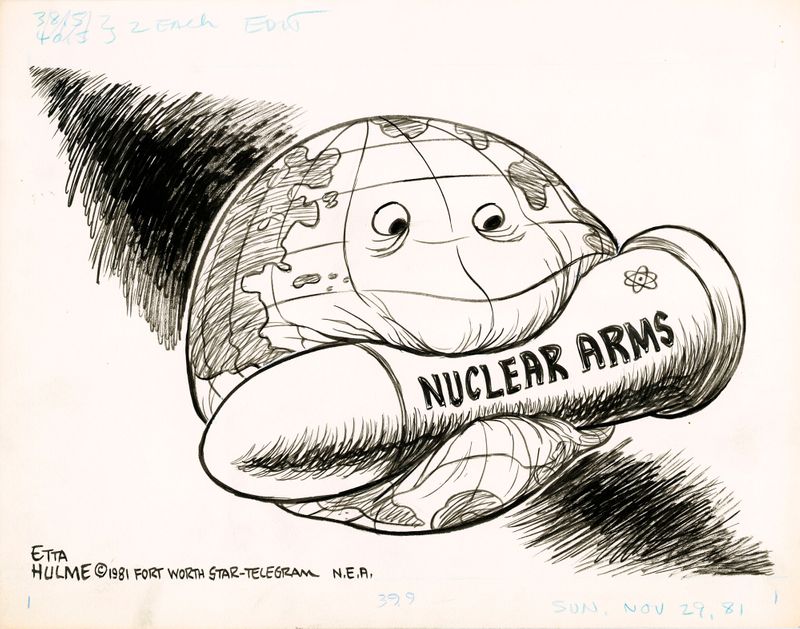
This logo isn't an ad or affiliate link. It's an organization that shares in our mission, and empowered the authors to share their insights in Byte form.
Rumie vets Bytes for compliance with our
Standards.
The organization is responsible for the completeness and reliability of the content.
Learn more
about how Rumie works with partners.
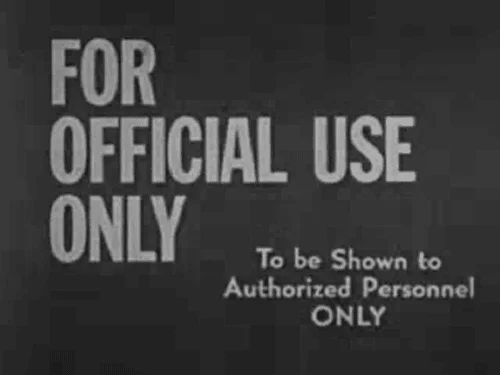
"Now I am become Death, the destroyer of worlds."
These words from Hindu scripture came to J. Robert Oppenheimer as he reflected on the world's first detonation of an atomic device.
Oppenheimer was a physicist, the director of the Los Alamos Laboratory, and a pivotal figure in the Manhattan Project, which developed the world's first atomic bomb.
He is also the main character in the Christopher Nolan film Oppenheimer.
Before you watch the movie, let's catch up on the history of the A-bomb's development and the decisions which led to its use.
You'll find that the A-bomb transformed international politics and America's relationship with science and secrecy.
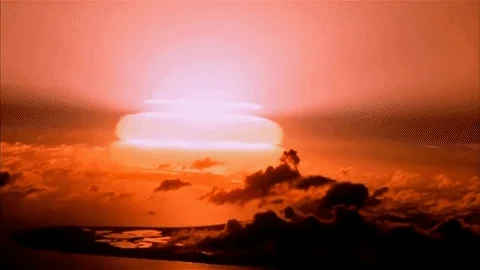
The United States intended to use the bomb like other weapons of war. But as the world entered the Atomic Age, scientists, policymakers, and citizens were presented with tough questions and dilemmas, many of which are still grappled with today.
Can a balance between security and transparency be struck?
How should scientists define their societal roles in the Atomic Age?
What should the world do with the incredible power of nuclear energy?
Early Research into Nuclear Fission
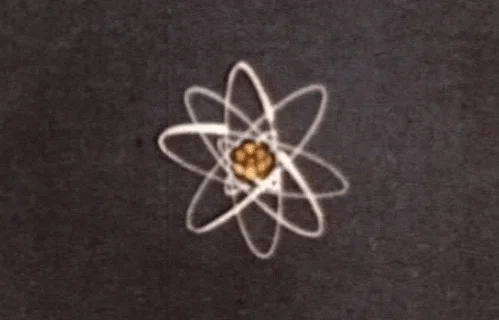
Scientific study on the nature of atoms — the building blocks of all matter — was well underway by the time the Manhattan Project began.
Atoms comprise three particles: neutrons, protons, and electrons. The densest part of the atom is its nucleus, where neutrons and protons exist close together.
Energy is released when a neutron slams into the nucleus, splitting it in two. The splitting of an atom is called fission.
Understanding the science of nuclear fission is less important than familiarizing yourself with the history of the research that went into understanding atoms.
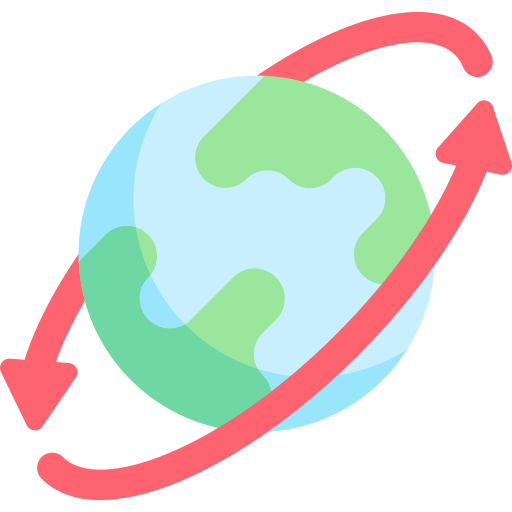 The Manhattan Project was an American-led effort, but early research in nuclear physics transcended national borders.
The Manhattan Project was an American-led effort, but early research in nuclear physics transcended national borders.
📍 In 1789, German scientist Martin Klaproth discovered uranium. As you'll see, uranium — the heaviest naturally occurring element — is a key ingredient for developing an A-bomb.
📍 In 1895, German scientist Wilhelm Röntgen discovered X-rays.
📍 In 1896, French engineer Henri Becquerel discovered that uranium salts emitted radiation similar to X-rays.
📍 At the turn of the 20th century, Polish-French physicists and chemists Marie and Pierre Currie looked into uranium's properties and pioneered research on radioactivity.

The early 20th century saw a flurry of research. Austrian, British, Dutch, French, German, Hungarian, and Japanese scientists advanced the world's knowledge of atoms and the potential energy they could release.
These discoveries benefited from collaboration and openness. It was a process in which scientists built upon the knowledge of others.
📍 In 1918, New Zealand physicist Ernest Rutherford discovered that atoms had a nucleus.
📍 In 1932, British scientist Jame Chadwick discovered the neutron.
📍 In 1932, Italian scientist Enrico Fermi, though he didn't realize it at the time, split the atom when he bombarded uranium with neutrons.
 Physicists Lise Meitner and Otto Frisch.
Physicists Lise Meitner and Otto Frisch.
In the late 1930s, crucial discoveries advanced how scientists conceptualized nuclear fission.
Building on the work of Danish physicist Niels Bohr, Austrian and German scientists Lise Meitner, Otto Frisch, Otto Hahn, and Fritz Strassmann found that uranium nuclei behave much like a water drop.

When an atom is split, two new atoms form.
But the discoveries didn't stop there.It was quickly realized that a chain reaction could occur with the splitting of each new atom.
This process would create energy, the potential intensity of which only grew when German-Swiss physicist Albert Einstein's famous equation E=mc2 was added into the mix.
It was apparent to those in the know that nuclear fission had the potential to create tremendous energy —energy which could be used for peace...or war.
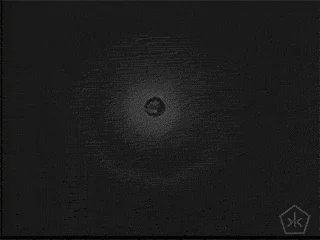
Early American and British Efforts

Germany invaded Poland in 1939, and World War II in Europe was underway. Many believed that the first country to unleash the power of the atom would win the war.
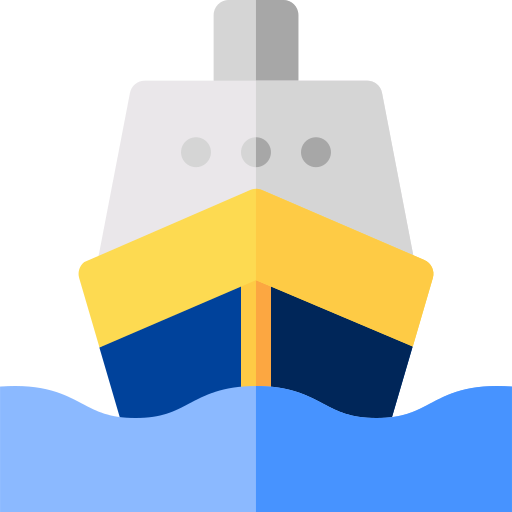 Coming to America
Coming to America
The rise to power of the Nazis in the 1930s and the horrors of their rule is well known.
Many pioneers of nuclear fission, confronted with the growing tide of anti-Semitism in Europe and persecution in Germany, fled elsewhere. Jewish scientists often went to the United Kingdom and then to the United States.
Though efforts were underway in Germany to develop nuclear weapons, the Nazis never came close — due, in some part, to the emigration of many of Europe's talented scientists.
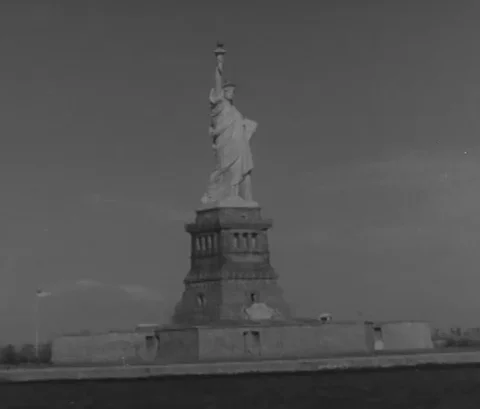
Several European emigrés — Leo Szilard, Eugene Wigner, Edward Teller, and Albert Einstein — profoundly impacted America's decision to start development on the A-bomb.
They penned a letter signed by Einstein in 1939, which urged US President Franklin Delano Roosevelt to take seriously the idea that Germany might be working towards an A-bomb.
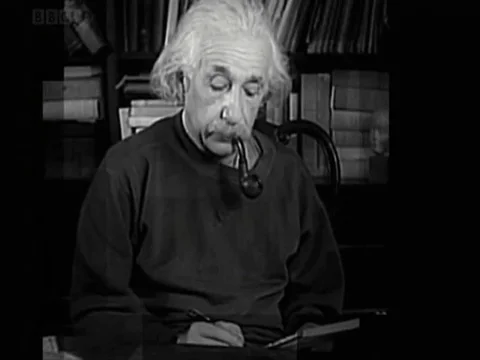
The American government soon began to look into the feasibility of such a weapon, but its effort was initially slow and cautious. The United States was still not at war, and it was unclear if the A-bomb could be successfully developed.
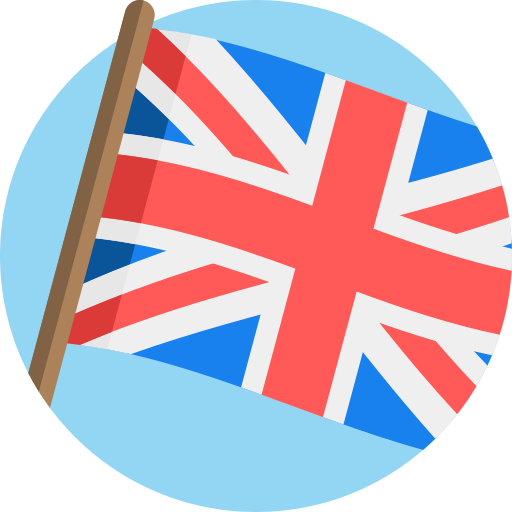 Anglo-American Partnership
Anglo-American Partnership
The Manhattan Project is often considered an American enterprise. But the United States didn't go at it alone.
By the end of 1941, several notable American scientists learned of more optimistic findings discovered by the United Kingdom's MAUD Committee, a working group of British scientists. The Committee estimated that a bomb could be developed by the end of 1943.
But the UK's resources were stretched thin, its empire was imperiled, and it didn't have the industrial capacity to produce such a weapon. London concluded that its program wouldn't achieve results in time to influence the war.

Nevertheless, the MAUD Committee's findings helped reinvigorate America's program.
The Manhattan Project, however, was still not in full swing. It took Japan's attack on Pearl Harbor and Germany's declaration of war on the United States to launch America's atomic program fully.
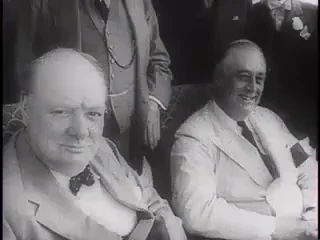
The UK's program was brought in, and Britain became a full partner in the Manhattan Project. Although this relationship had ups and downs,the two countries shared information, and British scientists came to work in America.
Canada, a member of the British Commonwealth and source of much-needed uranium made contributions, too.
Mobilizing Science
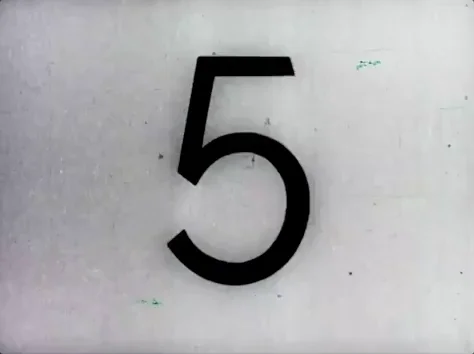
The United States was at war and didn't have much time. But it did have access to money, land, labor, brain power, and the materials it needed to develop the first atomic bomb.
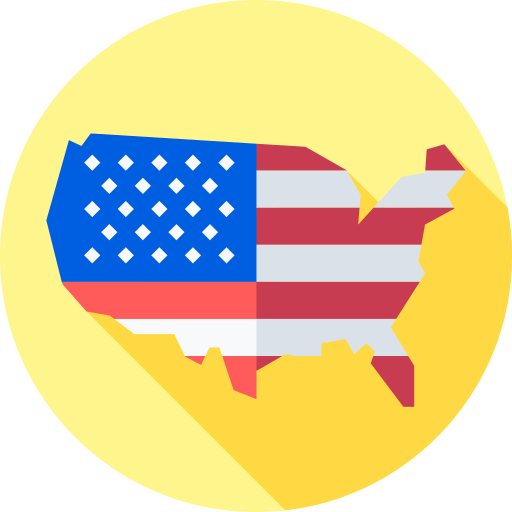 America was perhaps uniquely suited for this endeavor.
America was perhaps uniquely suited for this endeavor.
Unlike the era's other technological powerhouses, American territory was secure and untouched by war.
World War II awoke a sleeping giant, and the United States had the military and industrial capacity to fund and support the crash effort.
The United States and North America had a lot of land for laboratories and facilities.
 Still, it was a high-risk gamble.
Still, it was a high-risk gamble.
The Manhattan Project cost around $2 billion. This was a lot of money to spend on one program, especially when America's entire bill for World War II — a multifront war — was $300 billion.
But it paid off. In just three years, the Manhattan Project's scientists turned a theory that only existed on paper into the world's most powerful weapon.
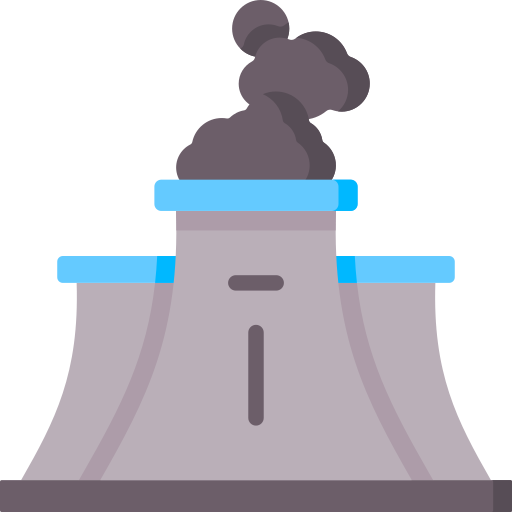 It was huge in scale.
It was huge in scale.
By the war's end, research and development occurred at large sites and university laboratories spread across the United States and Canada — from Berkeley to Chicago to New York.
The Manhattan Project took many Americans to pull off. It's estimated about half a million people supported the bomb's development.
Some, like its scientists, made significant contributions, while others kept the Manhattan Project afloat in crucial supporting roles. All told, 1 in 250 Americans had a hand in the Project.
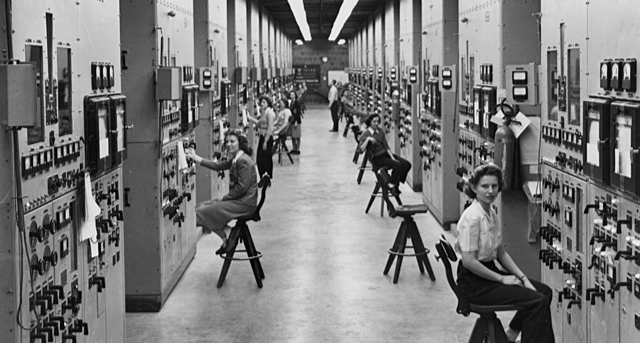 "The Calutron Girls" at Oak Ridge.
"The Calutron Girls" at Oak Ridge.
To be sure, the Manhattan Project's leadership resembled what you would expect in 1940s America. But American women made significant contributions to the development of the bomb.
War can shake up traditional gender roles. And in some ways, the Manhattan Project reflected a larger trend in American industry at the time: men shipped off to the front, and women moved into factories.
As one historian notes,"[M]ore women worked on the bomb than worked on the program to get Americans on the Moon."

The Manhattan Project wasn't immune to prejudice. Segregation was still enforced at many of the Manhattan Project's sites.
Often hired as service workers and laborers, African-Americans comprised many of the Manhattan Project's thousands of employees. And due to secrecy, workers knew little, if anything, about the Manhattan Project's purpose.
African-American scientists made important contributions. The stories of scientists like Jasper Jeffries, Benjamin Franklin Scott, and Moddie Taylor (pictured above) shouldn't go untold.

Administrating Science
There was no precedent for the Manhattan Project in the United States.
Before the Manhattan Project, the link between science and the government had generally been much more informal. Science — like that which had led to advancements in fission before WWII — was often collaborative, spontaneous, and conducted in the open.
The Manhattan Project had to be well organized to run efficiently and confidentially.
The Project was placed under the control of the US Army Corps of Engineers.The man tasked with running the Manhattan Project was Lt. General Leslie Groves.
 Lt. General Leslie Groves was no-nonsense and mission-driven.
Lt. General Leslie Groves was no-nonsense and mission-driven.
Groves oversaw nearly all aspects of the bomb's development, from the Manhattan Project's security to the placement of facilities.
Under Groves, administrators — accomplished scientists in their own right — managed scientists and the workforce at the Manhattan Project's many sites.
This was a lot to keep straight, especially since the Manhattan Project pursued two paths to the bomb:
A uranium design
A bomb that used plutonium, another well-suited element for nuclear fission
 Location, Location, Location
Location, Location, Location
Oak Ridge, Tennesee
This was the first site selected by Groves. It was desirable because it was hidden and far from the coast, yet still accessible enough to bring in supplies.
Like the other major sites, Oak Ridge employed tens of thousands of employees. Crucially, it was where uranium was enriched.
 A soldier looks over at the Y-12 plant at Oak Ridge.
A soldier looks over at the Y-12 plant at Oak Ridge.
Support Sites
Columbia University: where the uranium enrichment process was honed.
University of California, Berkeley: made other contributions, utilized at Oak Ridge.
Hanford, Washington: hosted nuclear reactors built for enriching plutonium.
Metallurgical Laboratory, University of Chicago: set off the first artificial nuclear chain reaction and designed Hanford's reactors.
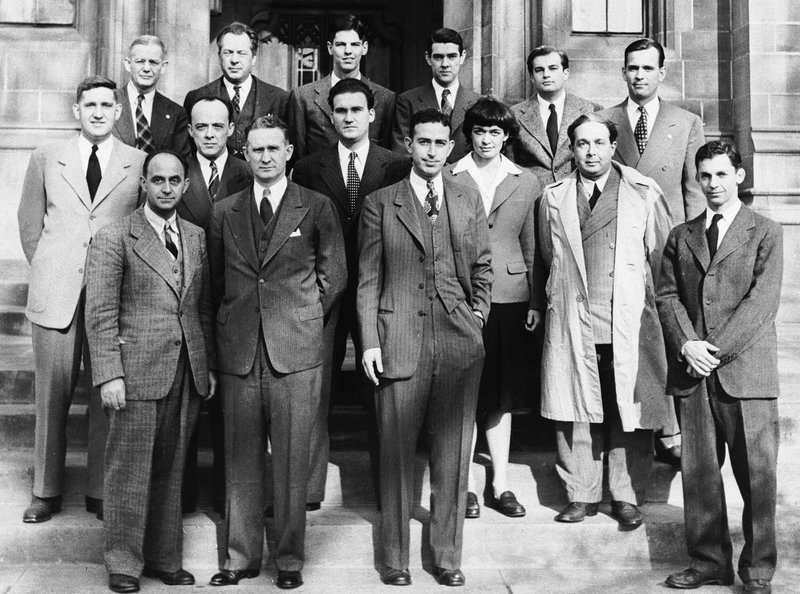 The University of Chicago's Metallurgical Laboratory (often called the "Met Lab" ) was run by Arthur Compton and his team of scientists, which included James Franck, Enrico Fermi, and Leo Szilard.
The University of Chicago's Metallurgical Laboratory (often called the "Met Lab" ) was run by Arthur Compton and his team of scientists, which included James Franck, Enrico Fermi, and Leo Szilard.
Los Alamos, New Mexico
Led by Oppenheimer and code-named "Site Y", this is the Manhattan Project's most well-known site.
Oppenheimer was a surprising pick to run Los Alamos. He had little managerial experience and hadn't won a Nobel Prize. He also had left-wing ties from his earlier years.
Along with Oppenheimer, some of the world's brightest scientists worked at Los Alamos to weaponize the research and development conducted at other Manhattan Project locations.
Some of these scientists include:
Hans Bethe:head of the theoretical physics division.
Richard Feynman:at just 24 years old, he worked on the bomb's design.
Norris Bradbury:contributed to the development of the plutonium bomb.
Enrico Fermi:made associate director of Project Y in 1944.
Lilli Hornig:a chemist who studied plutonium.
Edward Teller: went on to become the "father of the hydrogen bomb".
Science, Secrecy, and the State
 A wartime badge check at the main entrance to Los Alamos.
A wartime badge check at the main entrance to Los Alamos.
Secrecy at Los Alamos was tight. Color-coded badges were made. Specific colors indicated the kinds of information scientists and other employees could access.
It wasn't just Los Alamos. Secrecy was paramount throughout the Manhattan Project. But secrecy wasn't necessarily new to America or science. It just had never been so formal and systematic.
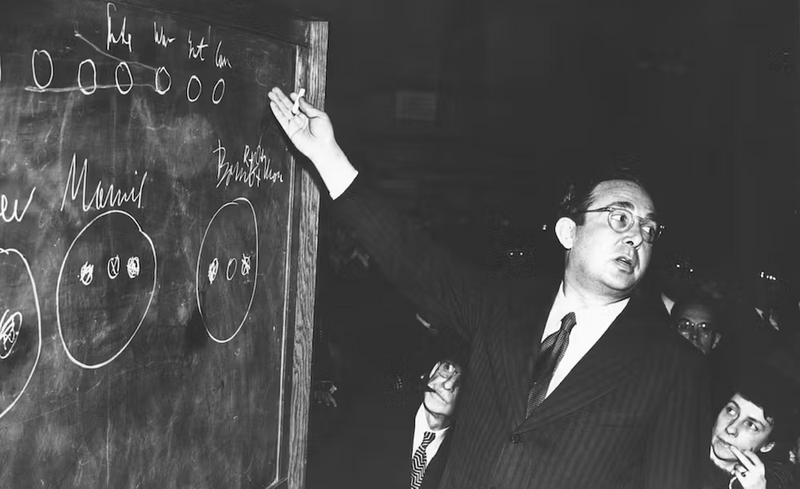 Leo Szilard, who narrowly escaped Nazi Germany, was present during the first nuclear self-sustained chain reaction.
Leo Szilard, who narrowly escaped Nazi Germany, was present during the first nuclear self-sustained chain reaction.
Secrecy and Science
Secrecy came into conflict with more optimistic visions of the purpose of scientific discovery.
 In its ideal form, science is an open process that seeks to understand and make the world better. It's not something to be closely guarded by governments in pursuit of military advantages.
In its ideal form, science is an open process that seeks to understand and make the world better. It's not something to be closely guarded by governments in pursuit of military advantages.
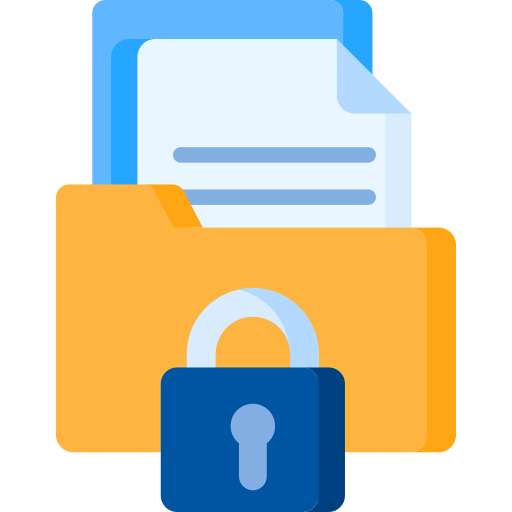 Still, this isn't to say that scientists didn't closely guard their findings. Many did. In the academic world, prestige and awards are incentives to conceal findings.
Still, this isn't to say that scientists didn't closely guard their findings. Many did. In the academic world, prestige and awards are incentives to conceal findings.
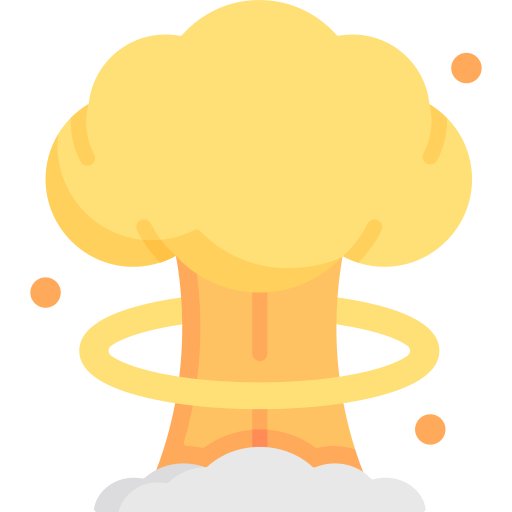 But fission was different. Forscientists like Leo Szilard, who had narrowly escaped Nazi Germany, secrecy about atomic discoveries was essential because fission had the potential to be more destructive than anything that came before.
But fission was different. Forscientists like Leo Szilard, who had narrowly escaped Nazi Germany, secrecy about atomic discoveries was essential because fission had the potential to be more destructive than anything that came before.
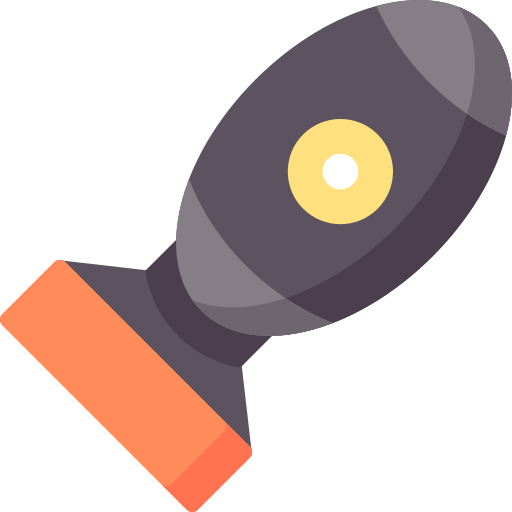 In the 1930s, it was still unclear whether fission could be weaponized. But that didn't stop Szilard from spearheading an international effort to persuade physicists to self-censor their discoveries. But his effort was unsuccessful, and scientists continued to publish findings up to the outbreak of war in Europe.
In the 1930s, it was still unclear whether fission could be weaponized. But that didn't stop Szilard from spearheading an international effort to persuade physicists to self-censor their discoveries. But his effort was unsuccessful, and scientists continued to publish findings up to the outbreak of war in Europe.
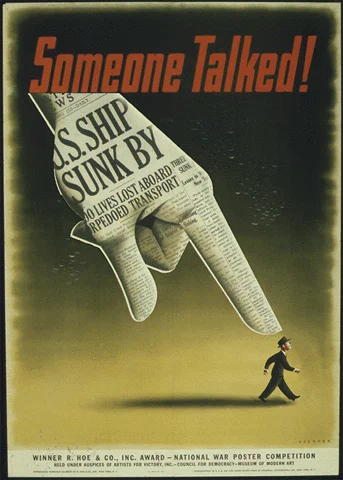
Secrecy and the State
Secrecy didn't just come into conflict with an idealized vision of science.
 Secrecy also clashed with American ideas of democracy. Could citizens have an informed say about their government's policies if kept in the dark about important information?
Secrecy also clashed with American ideas of democracy. Could citizens have an informed say about their government's policies if kept in the dark about important information?
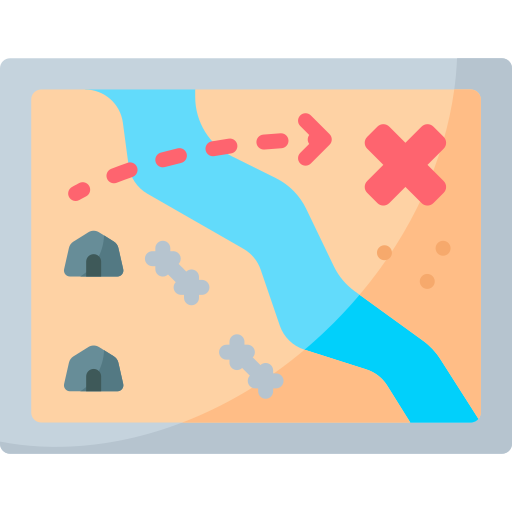 Yet, some secrecy was necessary. National security and lives could be jeopardized if plans for major military operations or nuclear secrets were exposed.
Yet, some secrecy was necessary. National security and lives could be jeopardized if plans for major military operations or nuclear secrets were exposed.
Before the 1900s, efforts were undoubtedly made to guard critical information.But there were few laws to enforce secrecy.
 The 20th century's two world wars made secrecy a priority for the US government.
The 20th century's two world wars made secrecy a priority for the US government.
Mechanized warfare was introduced to the world on a grand scale in WWI. And the idea of "superweapons," or new inventions that could change the course of a war, caught on in a big way.
Inventions like planes, tanks, and submarines were considered critical to national security, and information about these weapons was tightly held.
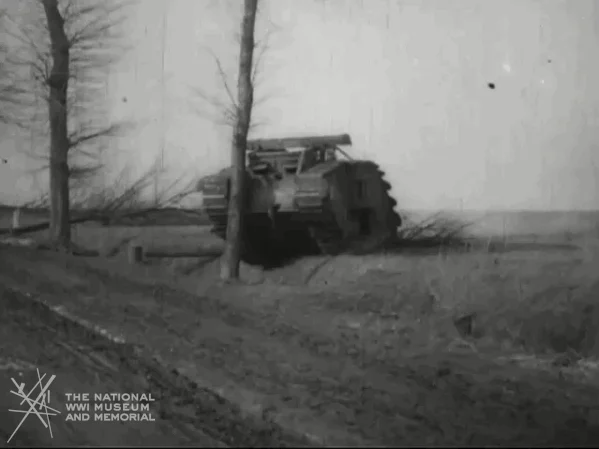
American secrecy laws were enacted during WWI, such as the Espionage Act of 1917.
During WWII, the FBI ran frequent background checks on individuals, and FDR laid the foundations of America's modern classification system, which governs how today's sensitive information is handled.
Building Secrecy
Towns like Oak Ridge, Hanford, and Los Alamos were built from scratch.
These "secret cities" had schools, sports leagues, and community stores. And were given codenames. They were isolated and guarded to keep the general public away from scientists, workers, and their families.
The Manhattan Project's purpose wasn't kept secret only from its service staff. Important government officials, the families of scientists, and even many scientists were kept out of the loop.
Congress: Though Congress had its suspicions, members weren't informed about the Manhattan Project, even though they approved its funding. Worried about wasteful spending in a time of war, Congress could have terminated the program. Eventually, some lawmakers were brought in on the secret.
Vice President Harry Truman: Not even President Roosevelt's Vice President knew much about the Manhattan Project's details until he became President.
Manhattan Project Scientists: Information was compartmentalized, which meant that many scientists had access only to details for the specific jobs they were tasked to carry out.
Compartmentalization had strengths. It made the Project more secure. But it also hindered the necessary exchange of ideas to solve complex problems. And it made scientists, as they couldn't see how their role contributed to the bigger picture.
Atomic Moles
General Groveskept close tabs on nearly all aspects of the Manhattan Project. He ran his own domestic intelligence service to clamp down on rumors and leaks. Groves also had an international intelligence service, which sought information on Germany's A-bomb efforts.
Though limited in its ability to censor the press, the US government attempted to kill newspaper stories about the atom, atomic energy, and the potential for atomic weapons.
However, these efforts focused more on clamping down on rumors rather than on secrets passed to foreign nations.
As it turned out, the USSR knew about the Manhattan Project before America revealed the A-bomb to the world. Los Alamos spies, like Klaus Fuchs and Theodore Hall,handed atomic secrets to the Soviets.
Welcome to the Atomic Age
On July 16, 1945, the world entered the nuclear age.
Scientists at Los Alamos successfully tested the first atomic device called Gadget at New Mexico's Alamogordo Bombing Range.
The test was codenamed Trinity and was the fruition of all the work conducted by scientists across the Manhattan Project.
Less than two months later, atomic bombs were dropped on Hiroshima and Nagasaki.
The success of the Manhattan Project, however, wasn't inevitable. There were many difficulties, and some scientists reasonably doubted the bombs would work.
 Lt. General Leslie Groves and J. Robert Oppenheimer look at the remains left from the first test of an atomic bomb.
Lt. General Leslie Groves and J. Robert Oppenheimer look at the remains left from the first test of an atomic bomb.
What to do with the bomb?
Many scientists also had misgivings about whether it should be used and struggled to define their roles in the Atomic Age — a struggle that continues to persist.
What moral obligation do scientists have to control this weapon?
Should they limit their advice to merely scientific facts?
Or do they have a responsibility to wade into the murky territory of politics?
Can technical facts and observations exist on a different level from moral and political assumptions?
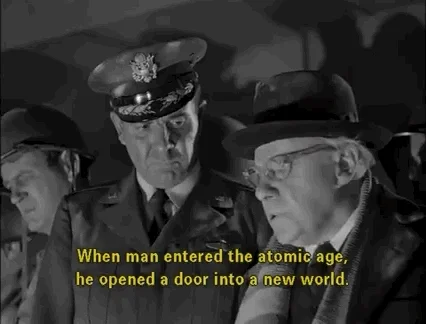
Franck Report
The Manhattan Project's scientists pondered the bomb's moral implications and what the world might look like after unveiling it.
The Met Lab's Szilard drafted a petition to President Truman, urging him to foreswear the use of the A-bomb. The scientists at the Met Lab had finished their primary work early and drafted what has become known as the Franck Report.
 The Franck report argued:
The Franck report argued:
Instead of using the bomb to destroy Japanese cities, the bomb could end the war if America demonstrated its power through a test conducted in an uninhabited area.
The military use of the bomb would horrify the world and alienate the United States.
The use of the bomb would stoke a nuclear arms race.
Atomic weapons should be placed under international control for the world to manage collectively. The bomb's power was too great for countries to possess independent nuclear arsenals.
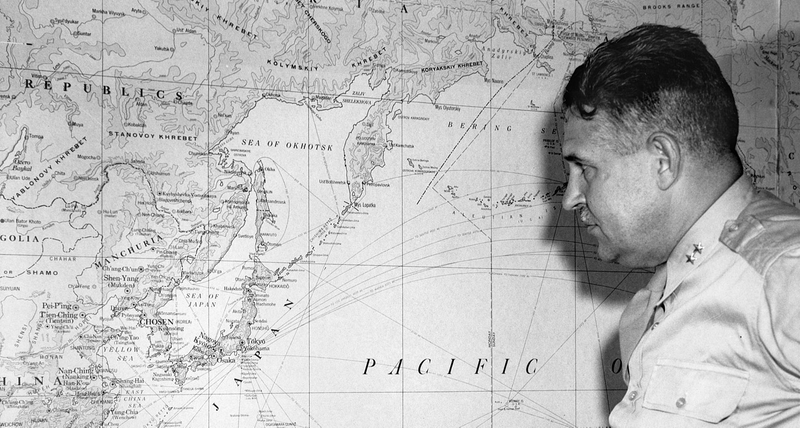 General Groves look at a map of Japan.
General Groves look at a map of Japan.
Targeting & Interim Committee
While opposition brewed within the Manhattan Project to the bomb's use, formal committees were created within the US government to advise the president.
The first was called the Targeting Committee. Established by General Groves, its members were primarily in the military.
Another was the Interim Committee, which was composed predominately of civilians. Oppenheimer was one of the scientists selected to join.
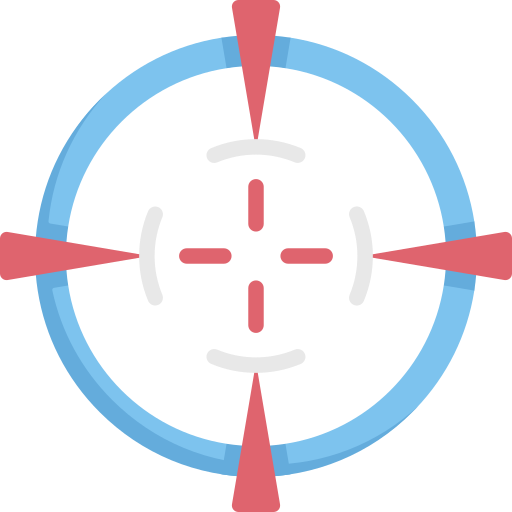
These committees discussed the strategy behind how the bomb should be used against Japan. The Interim Committee considered the effect of a demonstration test as a means to elicit Japan's surrender.
But the idea was quickly cast aside. It was believed such a test would diminish the bomb's shock value.
The deliberations of the Targeting and Interim Committees marked represented two developments that underpinned the atomic age: nuclear fission and air power.
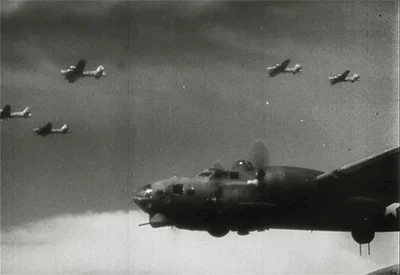
Strategic Bombing
The A-bomb promised to be a psychologically unprecedented weapon. But the idea that the A-bomb could zap Japan's will to fight had its roots in WWII military strategy.
With advancements in airplanes during and after WWI, some strategists thought airpower would change the character of war.
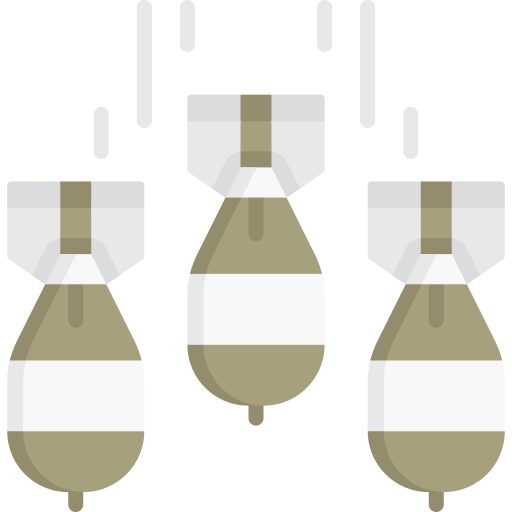 Strategists believed wars could quickly end if a country struck the heart of the enemy's territory.
Strategists believed wars could quickly end if a country struck the heart of the enemy's territory.
During WWII, urban areas were targeted to break civilians' morale and destroy the industry needed to sustain a war effort.
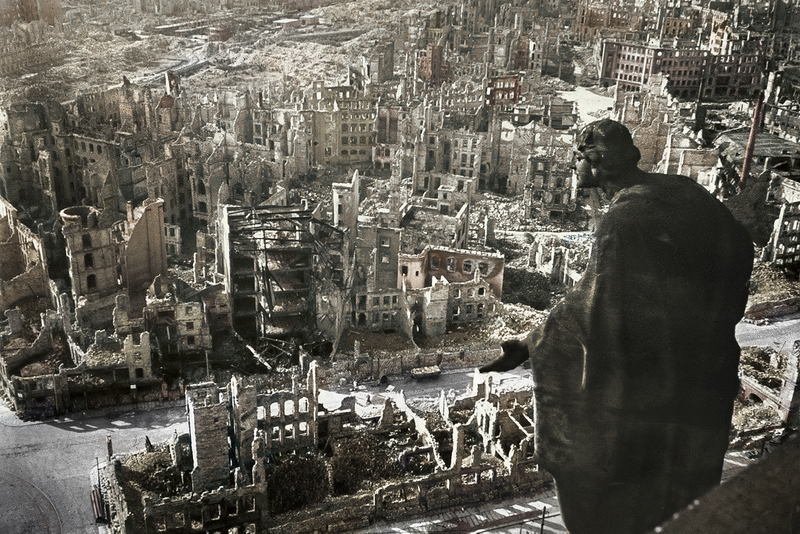 Dresden, Germany following the British and American bombing of the city.
Dresden, Germany following the British and American bombing of the city.
The air forces on both sides of the conflict engaged in strategic bombing. Cities like Dresden in Germany and Tokyo in Japan were destroyed.
The United Kingdom engaged in this activity early in WWII when it had few other options to fight Germany. But as the Allies gained the upper hand, the morality of these bombings was questioned.
The Decision(s) to Use the Bomb
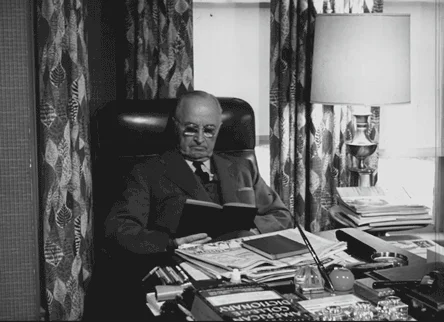
On August 6 and 9, 1945, two airplanes, the Enola Gay and Bockscar, dropped the only two atomic bombs ever used in combat.
The Manhattan Project's two paths to develop atomic weapons converged in these moments.
Together, the two bombs killed 110,000 to 210,000 people, mostly civilians. Japan surrendered shortly after, and WWII was over.
What led to the use of these weapons?
The use of these weapons was monumental. Historians, unsurprisingly, have spilled much ink in debating the decision. But some explanations are stronger than others.
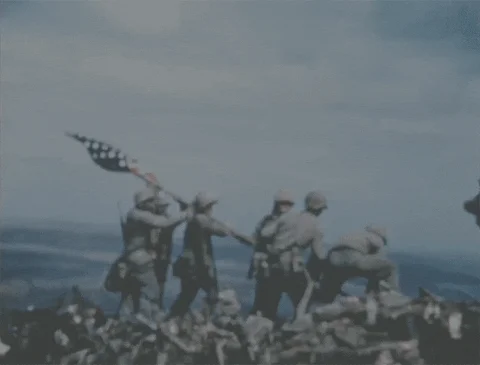
Were the bombings necessary to save lives?
After the war, historians and many officials involved in the development and use of the bomb argued that, while unfortunate, the use of the bomb was necessary to save American and Japanese lives.
America's war against Japan in the Pacific was a bloody campaign. Japan, which realized it couldn't win outright, sought to make an Allied victory as costly as possible.
Plans for an Allied invasion of Japan were in the works. Casualties were predicted to be heavy for US soldiers, Japanese soldiers, and civilians.
After the war, US Secretary of War Henry L. Stimson claimed the American casualties in an invasion of Japan would have been around 1 million. Therefore, the bomb was the least bad option for bringing the war to a swift end.
However, this number was later widely refuted.
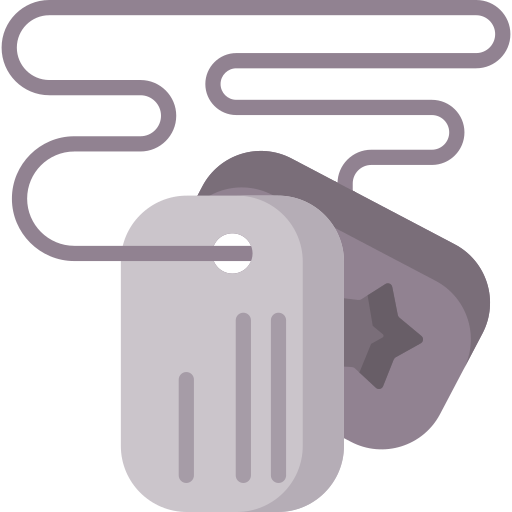
Verdict: This version of events oversimplifies America's decision. The options presented to high-level policymakers weren't so clear-cut between an invasion versus dropping the bomb.
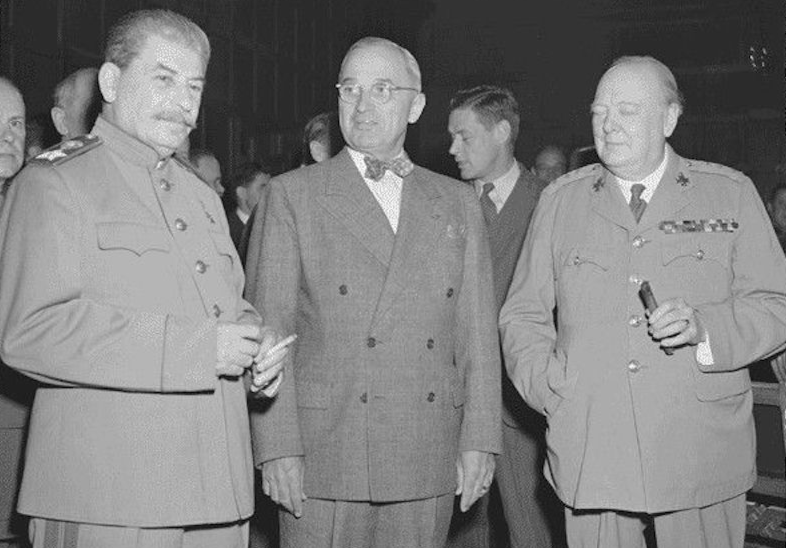 The Big Three: Soviet leader Joseph Stalin, US President Harry Truman, and British Prime Minister Winston Churchill.
The Big Three: Soviet leader Joseph Stalin, US President Harry Truman, and British Prime Minister Winston Churchill.
Was Truman conducting atomic diplomacy?
As the Cold War came to a close, historians took another look at the decisions which led to the atomic bombings of Japan. They argued that the United States engaged in so-called "atomic diplomacy" with the Soviet Union.
Distrust brewed between the United States and the Soviet Union in the waning hours of WWII. Both countries sought to implement their competing visions for the post-war world.
But the United States had the atomic bomb in its side pocket.
As the argument goes, Washington purposely took a hardline stance against Japan to demonstrate American nuclear capabilities for leverage against the Soviets in negotiations on the fate of post-war Europe and Asia.
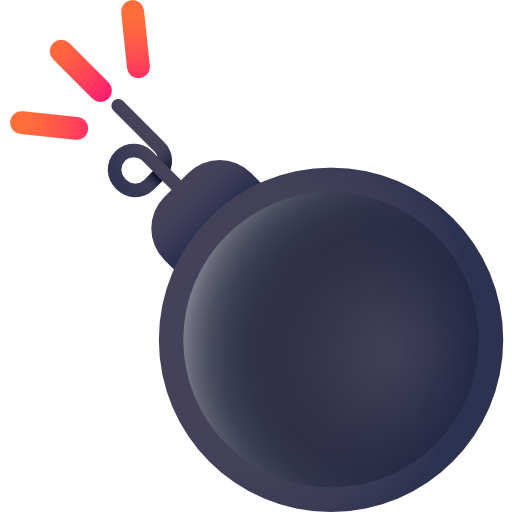 Verdict: Though some policymakers saw the A-bomb as a trump card, which could be played to America's advantage in atomic diplomacy, there is little evidence to suggest that this was America's primary motivation.
Verdict: Though some policymakers saw the A-bomb as a trump card, which could be played to America's advantage in atomic diplomacy, there is little evidence to suggest that this was America's primary motivation.
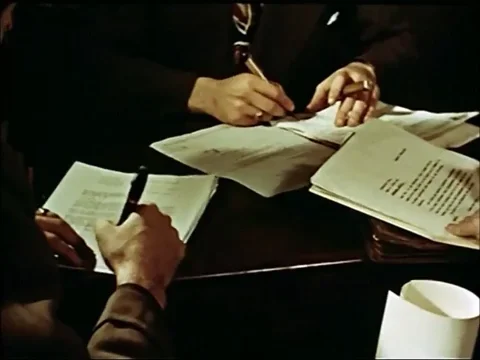
Somewhere in the messy middle?
US President Henry Truman's final decision to use the A-bomb wasn't the result of a formal weighing of the moral implications of the weapon.
What led to the bomb's use was a series of decisions dating back to President Roosevelt's decision to start the Manhattan Project.

Roosevelt likely had always intended the bomb to be used during WWII.
Despite the misgivings of some of the Manhattan Project's scientists, many in the scientific and military establishment operated under the assumption that if the A-bomb were to be successfully developed, it would be used.
 Was the A-bomb necessary to end the war?
Was the A-bomb necessary to end the war?
America's decision to drop the bomb has been the subject of fierce debate. While many see the bombing as unfortunate but necessary, others argue other potential scenarios would have ended the war without resorting to the use of these weapons.
A few commonly posited counterfactuals:
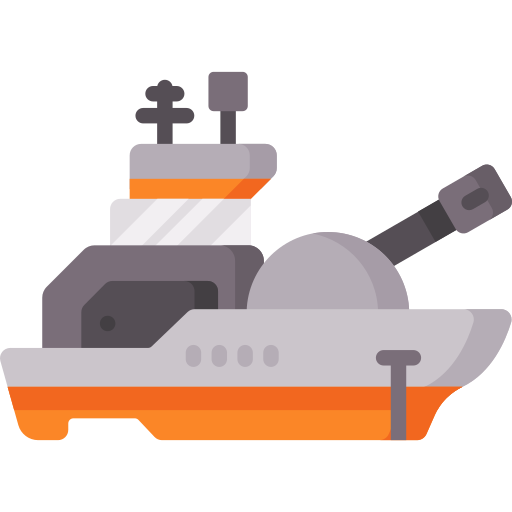 Alternative military actions: The Allies could have continued their strategic bombing campaign and blockade of Japan, with or without an invasion.
Alternative military actions: The Allies could have continued their strategic bombing campaign and blockade of Japan, with or without an invasion.
By most metrics, Japan had already lost the war. Still, we can only speculate how long it would have held out before formally surrendering.
 Soviet invasion: The Soviet Union had promised to enter the war against Japan once Germany was defeated.
Soviet invasion: The Soviet Union had promised to enter the war against Japan once Germany was defeated.
The Soviets fulfilled their obligation by invading Manchuria, which contributed to Japan's surrender. But it's unclear if the Soviet invasion would have been enough without the shock of the A-bomb.
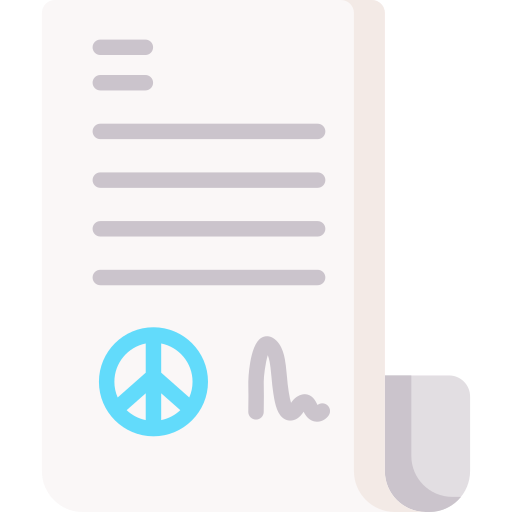 (Un)conditional surrender: Near the end of the war, the Allies had resolved to accept only Japan's unconditional surrender. But fighting continued despite some officials in the Japanese government who attempted to end the war.
(Un)conditional surrender: Near the end of the war, the Allies had resolved to accept only Japan's unconditional surrender. But fighting continued despite some officials in the Japanese government who attempted to end the war.
At the center of Japan's resistance was the fate of its Emperor. Washington had given Tokyo no indication that the Emperor would be allowed to keep his throne.
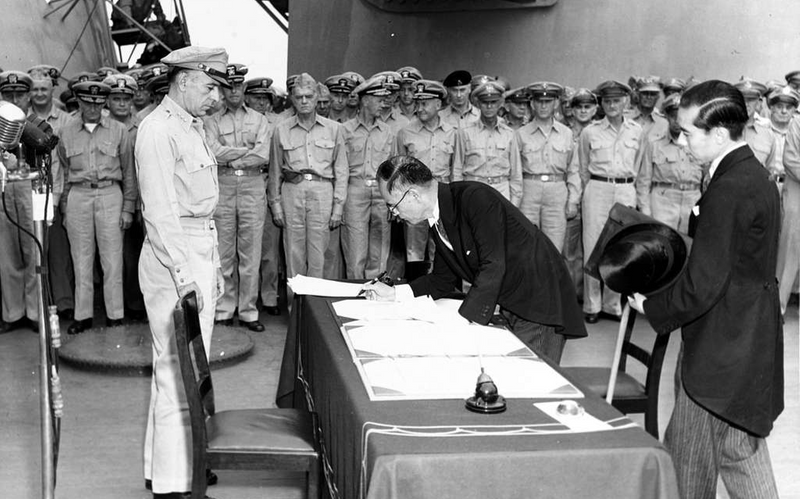 Japan formally surrendered to the Americans on board the USS Missouri on September 2, 1945.
Japan formally surrendered to the Americans on board the USS Missouri on September 2, 1945.
America would eventually allow Japan to keep its Emperor. But could the war have ended without the atomic bombings if Washington had made a greater attempt to clarify the terms of Japan's surrender or to negotiate with those in Japan who were ready to broker a truce?
Was the second bomb needed? The second bomb was dropped earlier than expected due to weather issues, which surprised many, including Truman. Japan had little time after the first bomb to react, let alone sue for peace. Would the second bomb have been necessary if Japan had had more time to surrender formally?
Controlling the Bomb
America's entrance into the atomic age made headlines.
Most Americans, tired of war, approved the use of the bomb against Japan. But public opinion in the United States and abroad became more complex with time.
There was also unease about what these weapons would mean for the world's future, especially if they got into the hands of adversaries. For Americans, such worries also went hand in hand with the dilemmas of secrecy.
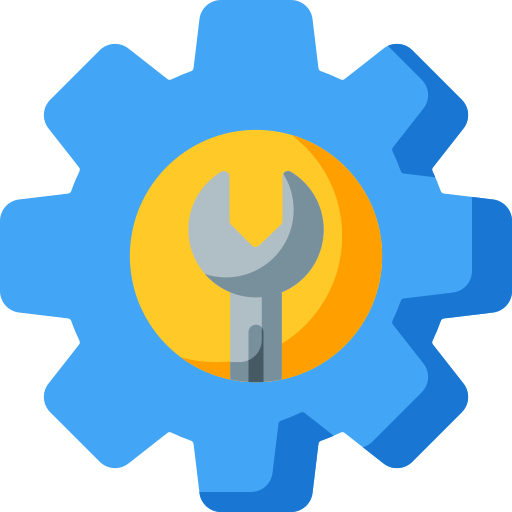 Smyth Report
Smyth Report
These dilemmas of secrecy were present in the US government's announcement of the bomb.
Washington orchestrated a PR campaign of sorts: Truman made a public announcement, and in the days after the bombing of Nagasaki, the government published the Smyth Report.
The Smyth Report provided a history of the Manhattan Project and an overview of the basic science behind the bomb.
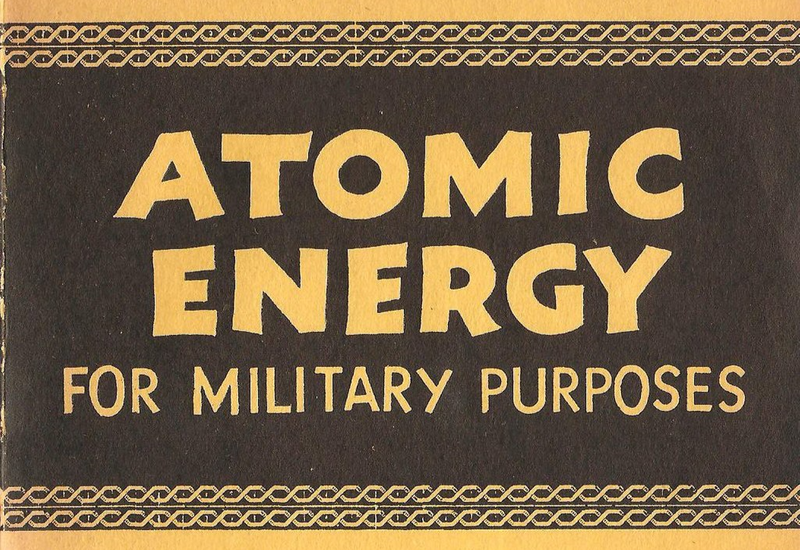 Part of the Smyth Report's cover page.
Part of the Smyth Report's cover page.
The report intended to justify to Congress and the public the enormous cost of the Manhattan Project. It also intended to foster an informed public discussion on the topic.
But, the Report was also meant to conceal more than it revealed, as the most important information was kept secret, hidden from the public eye.
Atomic Energy Act (1946)
For many, it seemed best to place these weapons in the hands of civilians rather than the military.
Congress established the Atomic Energy Commission (AEC) and placed the management of all things nuclear under civilian control.
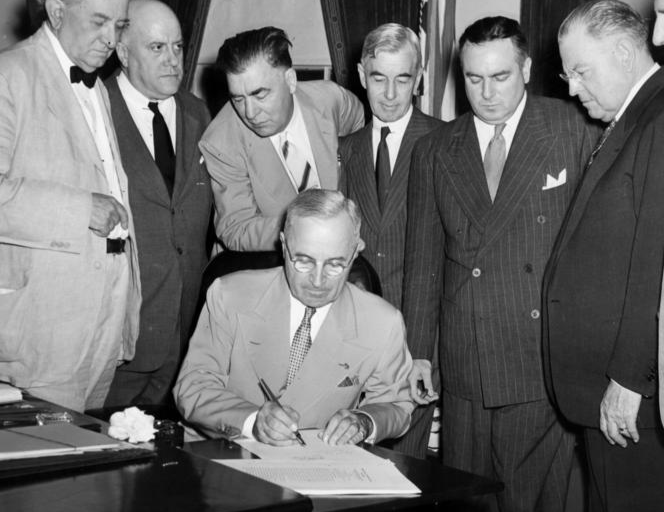 President Harry S. Truman signs the Atomic Energy Act.
President Harry S. Truman signs the Atomic Energy Act.
The AEC's scientists advised the President on nuclear matters. But fears that any missteps would provide a reason for the military to gain control of these weapons contributed to an environment in which the AEC strictly enforced secrecy.
The Atomic Energy Act also strained America's relationship with its main ally in the Manhattan Project, the United Kingdom.Information sharing with Britain was restricted until the 1950s.
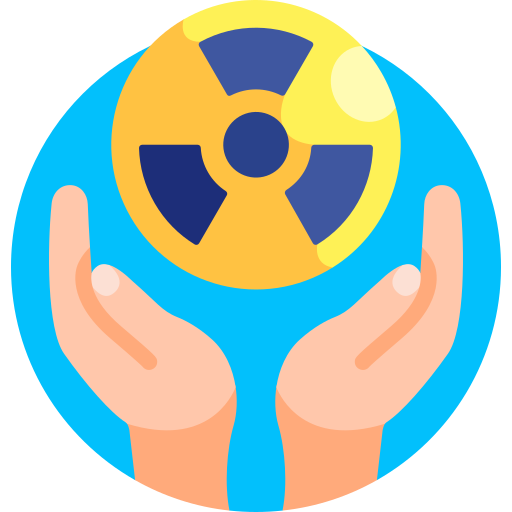
Towards International Control
The world faced a stark choice in the atomic age: atomic energy could do much good, but it could also do unimaginable harm.

A few ideas in the Franck Report emerged after the war, notably that the bomb should be under international control.
If the international community managed the bomb, nuclear power could be used for peace and its dangers controlled.
For international control to be successful, the science of the bomb would have to be shared with other countries and international organizations.
The American Acheson-Lilienthal Report was one such plan. But there was little progress in making it a reality.
International control collapsed under the weight of the Cold War's geopolitical tensions.

Towards the Cold War Arms race.
The Soviet Union entered the Atomic Age in 1949, sooner than many expected.
Meanwhile, revelations of moles in the Manhattan Project and "red scares" led the United States and other countries thaat would soon acquire the bomb to double down on secrecy.

And soon, the United States and the Soviet Union would race to build more powerful, advanced weapons. The relationship between government and science became closer than ever.
Take Action
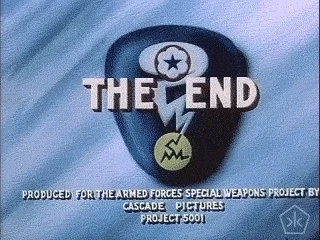
Few scientists embodied the tensions of the nuclear age more than J. Robert Oppenheimer.
Though he supported America's nuclear weapons programs and advised the government, the moral implications of the bomb weighed heavily on him.
Oppenheimer advised against the development of the hydrogen bomb, an even bigger weapon than those produced at Los Alamos, while supporting the development of tactical nuclear weapons.
Yet, in the charged atmosphere of the Cold War, his ambivalence left him outside of the closed circle of US policymakers and scientists who advised on nuclear weapons policy.
Oppenheimer's experience raised an important question:
Would scientists lose influence in the government if they expressed their moral views about these weapons?
Some became outspoken critics of America's nuclear weapons programs, while others thought it best to keep their heads down and continue working on nuclear weapons. For some of these scientists, this, too, was a political choice.
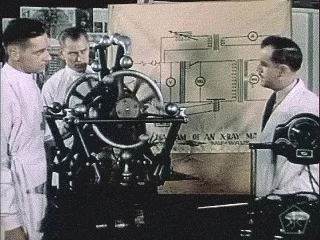
The challenges, dilemmas, and pressures that defined the Manhattan Project and the moral quandaries that the A-bomb presented could be papered over in a period of total war.
But, with the end of WWII and the start of the Cold War, issues like secrecy, national security, the morality of nuclear weapons, and the relationship between scientists and the government became more challenging to address.
As you pay attention to the news, see if you can connect the dots and draw a line between the Manhattan Project and today's world.
To learn more about the Manhattan Project and its scientists, check out:
Historian Alex Wellerstein's Nuclear Secrecy Blog (don't forget to listen to Eurasia Group Foundation's interview with Wellerstein on None Of The Above)
And the official website of the US Department of Energy
You can also learn more about the books below, which form the bibliography of this Byte:
This Byte has been authored by
Lucas Robinson
Foreign Affairs Professional
